Home>Interior Design>The Tile Countertop Trend Is Back – But Is It A Mistake?
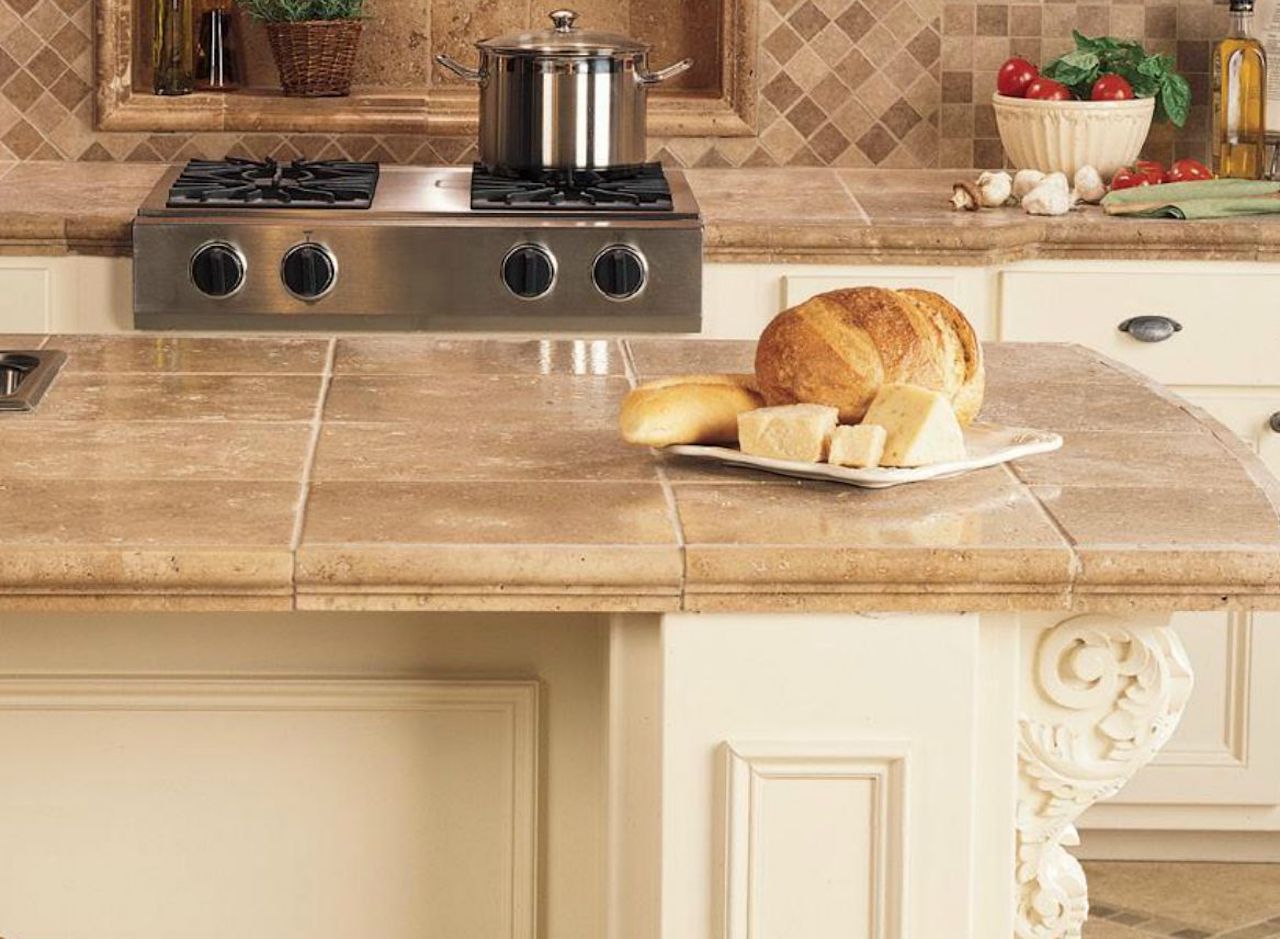

Interior Design
The Tile Countertop Trend Is Back – But Is It A Mistake?
Modified: January 6, 2024
Discover the revival of the tile countertop trend in interior design. Find out if it's a mistake or a timeless choice for your home renovation.
(Many of the links in this article redirect to a specific reviewed product. Your purchase of these products through affiliate links helps to generate commission for Storables.com, at no extra cost. Learn more)
Introduction
Tile countertops have made a comeback in the world of interior design, adding a touch of elegance and versatility to kitchens and bathrooms. While they have become increasingly popular in recent years, there is a debate among homeowners and designers about whether tile countertops are a wise choice or a potential mistake.
In this article, we will explore the pros and cons of tile countertops, shedding light on some of the challenges they present in terms of maintenance and cleaning. We will also discuss design considerations and cost comparisons with other countertop materials, helping you make an informed decision about whether tile countertops are the right choice for your home.
Key Takeaways:
- Tile countertops offer versatility, durability, and affordability, making them a customizable and budget-friendly option for homeowners seeking a unique and elegant kitchen or bathroom surface.
- While tile countertops present maintenance challenges, their repairability and cost-effectiveness make them a practical choice for those willing to commit to regular cleaning and proper care. Consider design flexibility and long-term value when making a decision.
Read more: How To Fix E2 Error In A Washing Machine
Pros of Tile Countertops
Tile countertops offer a range of benefits that make them an attractive option for homeowners seeking a unique and customizable countertop surface. Here are some of the key advantages of choosing tile countertops:
- Versatility: Tile countertops come in a wide variety of sizes, colors, patterns, and textures, allowing you to create a truly custom look that suits your personal style and complements your kitchen or bathroom design. You can mix and match different tiles to create intricate patterns or opt for a cohesive, monochromatic look.
- Durability: When properly installed and maintained, tile countertops can be quite durable. They are resistant to heat, stains, and scratches, making them a suitable choice for busy kitchens or high-traffic bathrooms.
- Affordability: Compared to other countertop materials such as granite or quartz, tile countertops are generally more affordable. This makes them a budget-friendly option for homeowners who want to update their kitchen or bathroom without breaking the bank.
- Ease of installation: If you have some DIY skills, you may be able to install tile countertops yourself, saving on installation costs. Alternatively, you can hire a professional to ensure proper installation and minimize the risk of damage or mistakes.
- Repairability: In the event that a tile gets cracked or damaged, it can be easily replaced without having to replace the entire countertop. This makes tile countertops a practical choice for those who want a surface that can be easily repaired or customized over time.
These are just a few of the advantages that make tile countertops a popular choice among homeowners. The versatility, durability, affordability, ease of installation, and repairability are all factors that contribute to their appeal.
Cons of Tile Countertops
While tile countertops offer numerous benefits, it is important to consider some of the drawbacks before making a decision. Here are a few potential downsides to keep in mind:
- Grout lines: One of the main challenges of tile countertops is the presence of grout lines. Grout can be difficult to clean and maintain, as it is prone to staining and requires regular sealing to prevent discoloration. The accumulation of dirt and debris in the grout lines can also be a breeding ground for bacteria.
- Uneven surface: Unlike other countertop materials, such as granite or quartz, tile countertops have a slightly uneven surface due to the presence of grout lines. This can make it challenging to roll out dough or perform other tasks that require a smooth, level surface.
- Prone to cracks: While tile countertops are known for their durability, they are not immune to cracks. Tiles can crack if heavy objects are dropped on them or if there is shifting or movement in the underlying structure. This can require expensive repairs or even replacement of the affected tiles.
- Limited heat resistance: While generally resistant to heat, tiles can still crack or become damaged if hot pots or pans are placed directly on the surface. It is important to use trivets or hot pads to protect the tiles from excessive heat.
- Difficult to install: While some homeowners may enjoy the challenge of installing tile countertops themselves, others may find it time-consuming and complicated. Achieving a level and properly aligned surface requires skill and precision, and mistakes can be costly to fix.
Considering these potential drawbacks is essential to make an informed decision about whether tile countertops are the right choice for your home. It is important to carefully weigh the pros and cons and consider your lifestyle, budget, and maintenance preferences.
Maintenance and Cleaning Challenges
While tile countertops offer a stylish and customizable option for your kitchen or bathroom, they do come with some maintenance and cleaning challenges. It’s important to be aware of these challenges to ensure the longevity and beauty of your tile countertops.
One of the main challenges with tile countertops is keeping the grout lines clean. Grout is porous and can easily absorb stains and dirt, requiring regular cleaning and sealing. Neglecting to clean the grout lines can lead to discoloration and the growth of mold and bacteria.
To clean the grout, you can use a mild bleach solution or a specialized grout cleaner. Scrub the grout lines with a small brush, making sure to remove any dirt or stains. After cleaning, rinse the area with water and dry it thoroughly. Regular sealing of the grout will help to prevent staining and make cleaning easier.
In addition to cleaning the grout, it is important to regularly clean the surface of the tiles. Use a mild detergent and warm water to wipe down the tiles, ensuring that any spills or stains are promptly cleaned. Avoid using abrasive cleaners or scouring pads that can scratch the tile surface.
Another challenge to consider is the potential for cracks or chips in the tiles. While tile countertops are generally durable, accidents can happen that may result in damage. It is important to promptly repair any cracked or chipped tiles to prevent dirt and moisture from seeping in and causing further damage.
Preventive measures are key to maintaining the beauty of your tile countertops. Use cutting boards and hot pads to protect the tiles from scratches and heat. Avoid using harsh chemicals or abrasive materials that can damage the tile surface.
Regular maintenance and cleaning are essential to keeping your tile countertops looking their best. By staying on top of grout cleaning, repairing any damage, and practicing proper care and maintenance, you can enjoy the beauty and durability of your tile countertops for years to come.
When considering a tile countertop, make sure to choose a durable and low-maintenance tile material, such as porcelain or quartz, to ensure longevity and ease of care.
Design and Style Considerations
When considering tile countertops for your kitchen or bathroom, it is important to take into account the design and style aspects. Tile offers a wide range of design possibilities, allowing you to create a unique and personalized look for your space.
Here are some key design and style considerations for tile countertops:
- Color and pattern: Tiles come in a variety of colors and patterns, allowing you to choose a style that complements your overall design aesthetic. From bold and vibrant to subtle and neutral, the color and pattern options are virtually endless.
- Size and shape: Tiles are available in different shapes and sizes, including square, rectangular, and mosaic. Consider the size of your space and the desired visual impact when selecting the tile size and shape.
- Material: In addition to traditional ceramic or porcelain tiles, there are also options like glass, stone, and metal tiles. Each material brings its own unique characteristics and can significantly impact the overall look and feel of your countertop.
- Layout and arrangement: The way tiles are laid out and arranged can affect the visual appeal of your countertop. Consider different layout patterns, such as diagonal, herringbone, or checkerboard, to add visual interest and enhance the design.
- Grout color: The color of the grout can have a subtle, yet significant impact on the overall look of your tile countertop. Choose a grout color that complements or contrasts with the tile color to create a cohesive and visually appealing design.
It is also important to consider the style and design of the rest of your kitchen or bathroom when selecting tile countertops. The countertops should harmonize with the overall theme and aesthetic of the space.
Keep in mind that trends may come and go, so it’s essential to choose a design that you love and that will stand the test of time. Seek inspiration from interior design magazines, websites, and social media platforms to explore different tile countertop styles and find the one that speaks to your personal taste.
By carefully considering design and style elements, you can create a tile countertop that not only serves its functional purpose but also becomes a visually stunning focal point in your kitchen or bathroom.
Cost Comparison with Other Countertop Materials
When considering tile countertops, it is important to compare the costs with other countertop materials to determine the most budget-friendly and suitable option for your needs. Here is a cost comparison between tile countertops and some popular alternatives:
- Granite: Granite is a highly sought-after countertop material known for its durability and natural beauty. However, it is also one of the more expensive options. On average, granite countertops can cost anywhere from $50 to $200 per square foot, including installation.
- Quartz: Quartz countertops are gaining popularity due to their durability and low maintenance requirements. The cost of quartz countertops typically ranges from $60 to $150 per square foot, including installation.
- Laminate: Laminate countertops are a budget-friendly option that mimics the look of natural stone or wood. They are generally the most affordable choice, with prices ranging from $10 to $40 per square foot, including installation.
- Concrete: Concrete countertops offer a modern and customizable look. The cost of concrete countertops can vary depending on factors such as the complexity of the design and the finishes. On average, concrete countertops range from $75 to $150 per square foot, including installation.
When it comes to tile countertops, the cost can vary depending on the type of tile chosen, the size of the project, and any additional customization or installation requirements. On average, tile countertops can cost between $20 to $70 per square foot, including installation.
It is important to note that these cost ranges are just estimates and can vary based on factors such as location and contractor fees. It is recommended to obtain quotes from multiple suppliers or contractors to get an accurate understanding of the costs involved.
While tile countertops may not be the cheapest option available, they provide a durable and customizable surface at a more affordable price point compared to materials like granite or quartz. Consider your budget and the long-term value when making a decision on the countertop material.
Ultimately, the cost comparison is just one factor to consider when selecting a countertop material. It is important to weigh the costs against the desired aesthetic, durability, and maintenance requirements to make the best choice for your specific needs and preferences.
Conclusion
After weighing the pros and cons, considering maintenance challenges, design factors, and comparing costs, it’s time to draw a conclusion on whether tile countertops are the right choice for your kitchen or bathroom.
Tile countertops offer a versatile, customizable, and budget-friendly option for homeowners looking to add a touch of elegance and uniqueness to their space. They come in a wide range of colors, patterns, and textures, allowing you to create a personalized look that suits your style.
While there are some challenges associated with tile countertops, such as grout maintenance and the potential for cracks, these issues can be managed with regular cleaning and proper care. The repairability of tile countertops also offers flexibility and peace of mind.
When comparing costs, tile countertops are generally more affordable than materials like granite or quartz. This makes them an attractive option for those on a budget or looking for a cost-effective way to update their kitchen or bathroom.
Ultimately, the decision to choose tile countertops will depend on your personal preferences, lifestyle, and design goals. Consider factors such as the level of maintenance you are willing to commit to, your desired aesthetics, and your budget.
If you are willing to put in the effort to maintain and clean the grout lines, and if you appreciate the design flexibility and customizable options that tile countertops offer, then they may be the perfect choice for you.
Remember to take your time, do your research, and consult with professionals if needed to ensure that you make an informed decision that will enhance the beauty and functionality of your kitchen or bathroom for years to come.
Frequently Asked Questions about The Tile Countertop Trend Is Back – But Is It A Mistake?
Was this page helpful?
At Storables.com, we guarantee accurate and reliable information. Our content, validated by Expert Board Contributors, is crafted following stringent Editorial Policies. We're committed to providing you with well-researched, expert-backed insights for all your informational needs.







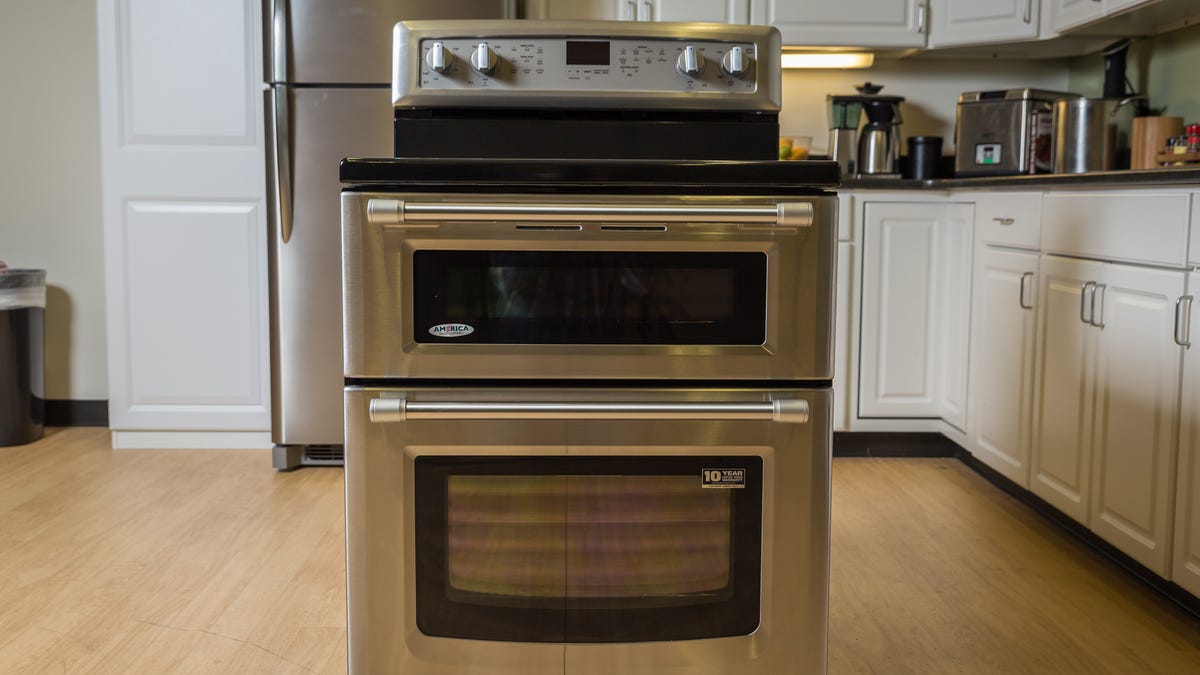

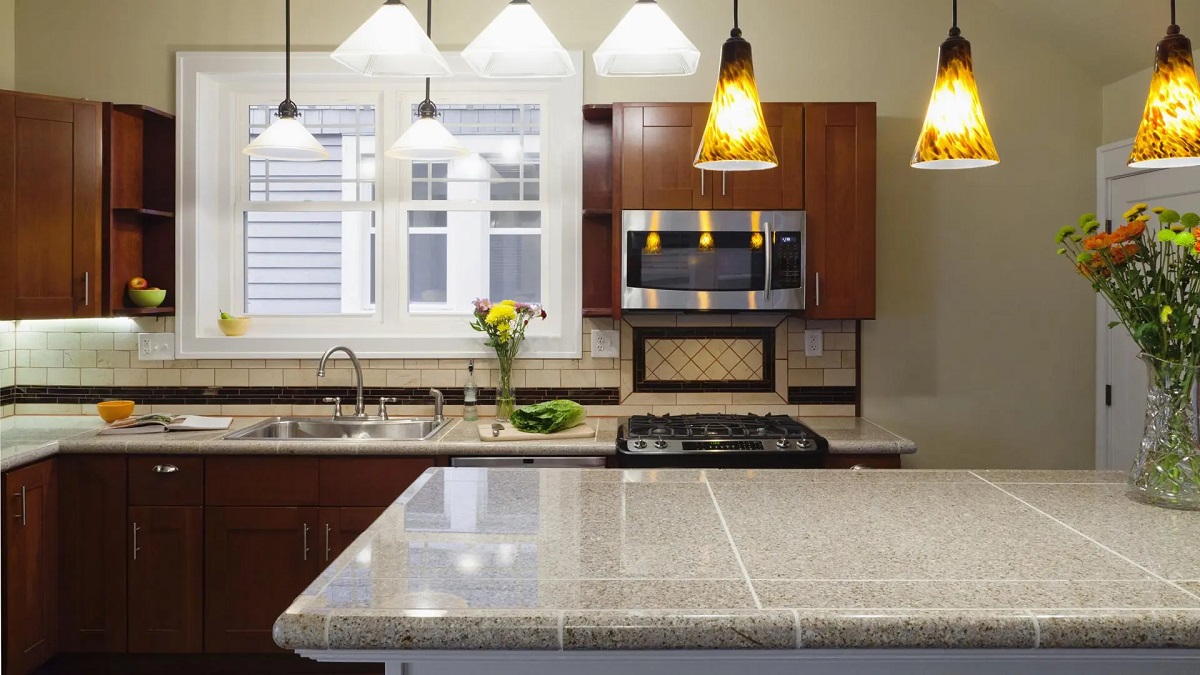
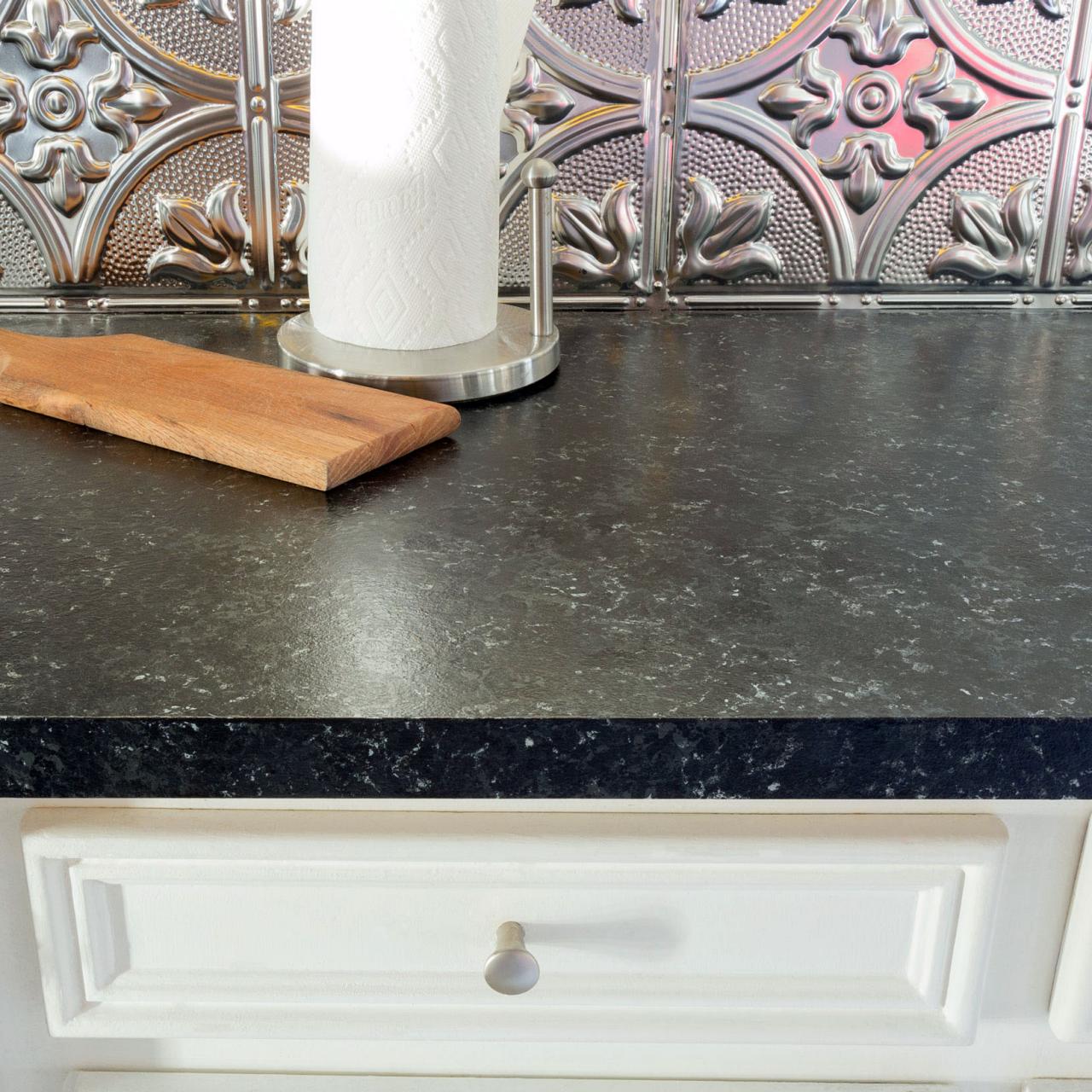

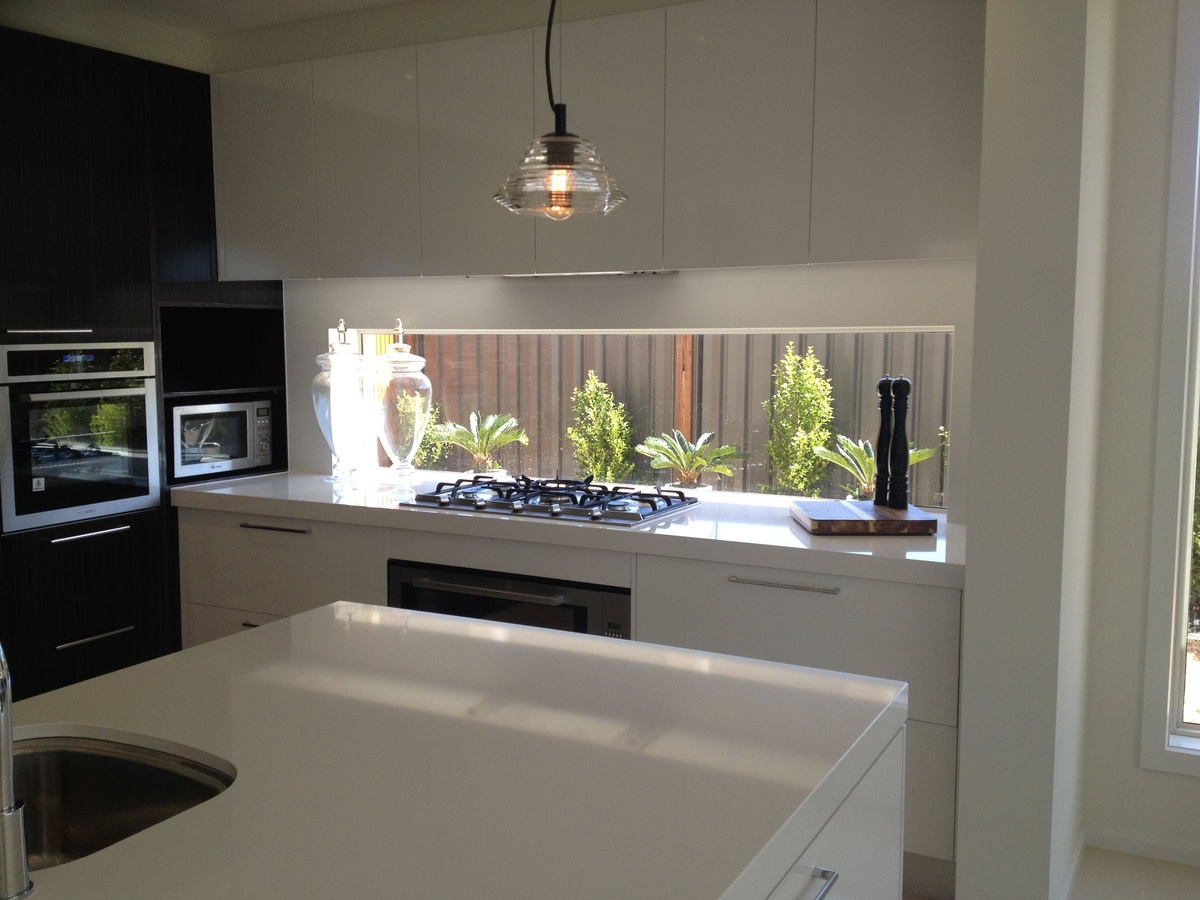


0 thoughts on “The Tile Countertop Trend Is Back – But Is It A Mistake?”